As far as I can tell from my research, you can't have a multiple-field prompt dialog with any built-in method you can call from JavaScript. So how do the homepages of most routers (192.168.0.1) develop the authentication prompt box, as shown below?
I did a little more research and found that you can setup a basic http authentication using php
$user = 'user';
$password = 'pass';
if (!($_SERVER['PHP_AUTH_USER'] == $user && $_SERVER['PHP_AUTH_PW'] == $password)) {
header('WWW-Authenticate: Basic realm="Please enter username and password to access this website"');
header('HTTP/1.0 401 Unauthorized');
echo '<h1>Unauthorized Access</h1>';
exit;
}
echo "normal website contents";
